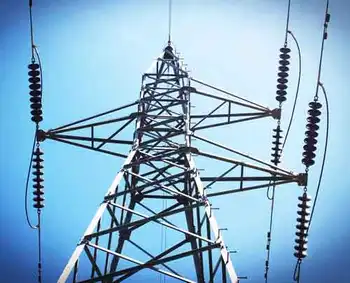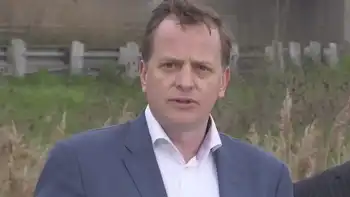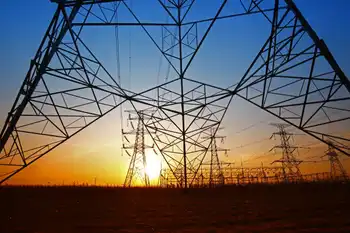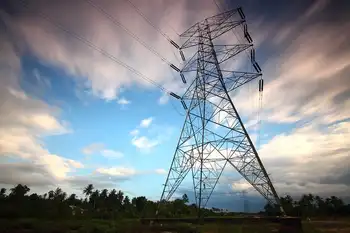San Jose closing in on energy independence
By Reuters
NFPA 70b Training - Electrical Maintenance
Our customized live online or in‑person group training can be delivered to your staff at your location.

- Live Online
- 12 hours Instructor-led
- Group Training Available
The City Council authorized the City Manager to negotiate and execute a Memorandum of Understanding (MOU) to develop potential lease terms and guidelines for developing an organics-to energy biogas facility.
The biogas facility, planned to be constructed and operated by Zanker Road Biogas, will be based on a 40-acre site near the San Jose/Santa Clara Water Pollution Control Plan. The proposed facility would also be bound on either side by two solid waste recovery and recycling facilities owned and operated by Zanker Road Resource Management, Ltd.
The MOU will set forth the guidelines and workplan for the potential lease terms of the biogas project. Pending successful negotiations for the MOU, San Jose will issue a lease to Zero Waste Energy Development Company, Inc., a partnership between GreenWaste Recovery and their sister company, Zanker Road Resource Management.
This project would also see the cooperation of GreenWaste and Harvest Power, Inc., a company that provides leading technology and project development capabilities for harnessing the renewable energy in organic waste.
The Zanker Road Biogas facility would be the first facility in the U.S. with the technology to turn organic waste into biogas, keeping San Jose at the forefront of clean technology innovations. The technology that would find its home at the San Jose facility would use a process known as dry anaerobic fermentation to generate renewable biogas and high-quality compost. This technology has already been made popular in Europe.
All of the existing anaerobic digestion systems in common use in the United States currently process wet waste. By contrast, the technology for the proposed Zanker Road Biogas would use the dry fermentation technology specifically designed to process the relatively dry organic waste found in the municipal solid waste stream which is difficult to recycle without extensive pre-processing and currently ends up in a landfill.
This anaerobic digestion system technology has been commercially demonstrated in Europe by BEKON Energy Technologies, which has built 12 facilities in Germany and Italy and has 13 additional facilities scheduled for construction in 2009.
"This project not only demonstrates San Jose's leadership in the production of renewable energy but will help us meet the economic development, zero waste and energy goals of our city's Green Vision," said San Jose Mayor Chuck Reed.
That "Green Vision," which is responsible for San Jose's success in being a leader on the green frontier, includes goals of receiving 100 percent of the city's electrical power from clean renewable sources, diverting 100 percent of its waste from landfills and converting waste to energy.
The facility surely would help San Jose meet zero waste and energy goals. Capable of taking in 150,000 tons of organic waste per year to process and produce energy will no doubt help clear up land fills. It is likely that the energy produced would be used to power the San Jose/Santa Clara Water Pollution Control Plant. Excess energy could be sold to the regional electric grid.
The Zanker Road Biogas project would be developed in three phases, each phase designed to increase capacity by 50,000 tons per year of organic materials — a combination of primarily food waste and the organic portion of the municipal solid waste stream-and produce two products: a renewable bio-gas containing methane and high-quality compost.
Paul Sellew, CEO of Harvest Power commented, "We applaud the City of San Jose for its proactive effort in making renewable energy from organic waste a reality. Our organic waste project will be a major step in moving the City to 100% renewable energy while at the same time enriching local soils with our high quality compost product."
During development and construction, the facility could employ 30 to 40 workers and it is anticipated that it will employ 50 to 60 jobs during full operation. "Creating green jobs that can't be outsourced overseas is essential to rebuilding our local and state economy. Through projects like this, San Jose is becoming the world center for clean tech innovation. The proposed Zanker Road Biogas facility can be a model for other municipalities, showing how this technology can help solve their energy challenges," Reed said.
With the completion of the proposed facility, San Jose would become the first city in the states with such capabilities. And we can only hope that other cities across the nation will adopt such facilities in the near future.











